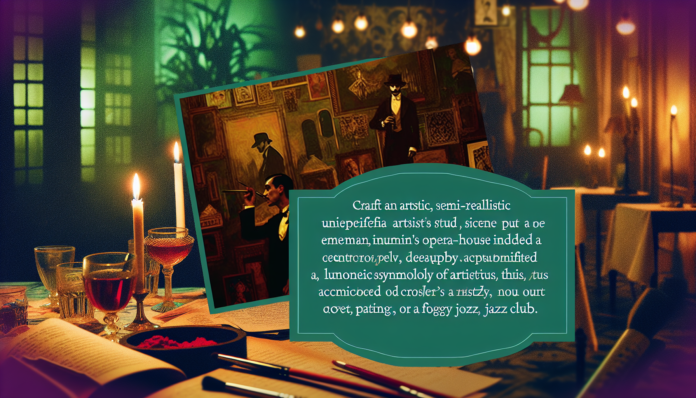Introduction
Imagine a world where the sublime symphonies of Ludwig van Beethoven echoed through candlelit salons, and whispers of love and longing slipped through the cracks of finely decorated doors. Among the many letters and correspondences that music’s titan composed, one woman stands out: the mysterious “Immortal Beloved.” Her identity not only remains one of classical music’s greatest enigmas but also sparked sensational rumors akin to modern-day scandals. This story is set against the backdrop of early 19th-century Europe, a time rife with social conventions, romantic ideals, and strict moral codes that dictated intimate relationships.
The Scandal
Beethoven’s letters to the “Immortal Beloved” surfaced long after his death, revealing a passionate, tumultuous relationship with a woman whose identity has since confounded scholars and fans alike. The most significant letter, written in July 1812, displays a deep emotional longing wrapped in layers of romantic fervor:
“You do not know what it is that you do to me. When I am away from you, I feel as though I am dying.”
In this correspondence, Beethoven expresses a desire to connect, to break free from the societal constraints that kept them apart. The letter hints at romantic obstacles—marriages and societal expectations, creating a complex emotional landscape filled with longing and despair. Some have speculated that this beloved could be Josephine Brunsvik, a woman of noble birth embroiled in her own marriage.
Key events surrounding these letters include Beethoven’s struggles with his own fame and reputation. While he gained recognition as a prodigious composer, his romantic endeavors remained shrouded in mystery, ultimately becoming fodder for gossip and intrigue among Vienna’s elite. The speculative discussions surrounding the letters were punctuated with interest and intrigue, as well-heeled Viennese society whispered about the nature of Beethoven’s passion.
Moral and Cultural Analysis
Vienna in the early 1800s was marked by strict norms regarding relationships and gender roles. Marriages were often strategic, serving economic or social purposes rather than romantic ones. For a man of Beethoven’s stature to publicly profess his love, especially to a married woman, was scandalous and could lead to public disgrace. Beethoven’s overt expression of longing directly contradicted the era’s prevailing attitudes about love and fidelity, reflecting a time when personal emotions were often suppressed in favor of social decorum.
The repercussions of these passionate exchanges for Beethoven himself were twofold. While his artistic genius ensured his continued status in societal circles, the intensity of his feelings and public speculation added layers of strain to his already tumultuous life. Beethoven’s reputation was somewhat protected by his musical prowess, but he still faced judgment from a society that expected men to maintain composure and restraint in all matters, including the heart.
Fast forward to today’s world, where love letters could be easily shared on social media, inviting instant reactions and debate. In our more liberal age, Beethoven’s fervor would likely be celebrated as a brave act of emotional honesty, rather than a scandal. Modern society, while still grappling with gender dynamics and the complexities of relationships, generally embraces the narrative of personal expression, valuing open discussions about love and heartbreak.
This dramatic tale of the “Immortal Beloved” not only immortalizes Beethoven’s quest for love but also serves as a compelling reflection on the evolution of societal norms around romance and relationships.

